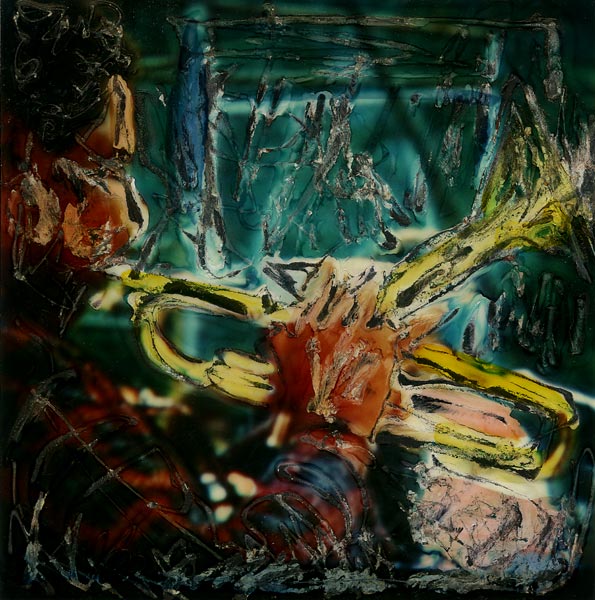| |
|
|
|
|
Concept
|
AN IMAGINARY MUSEUM OF THE IMMEDIATE
The art of Polaroid—now, one can speak about a formalized art with its laws and its techniques, rules and transgressions—like photography not long ago, could only have arisen at first as mimicry, a kind of stand-in for what occurred before it.
The first photographs organized themselves, as did the genre paintings, distributing their forms and intensity of their lighting: rigid and prioritized family portraits, still life whose logic is played out in their symmetry.
They appear as an anticipated reflection in the pre-existing language of photography. It is as if the immediacy of development were just a technical addition, a conceit of mechanization, a convenience and not an essential difference end that it implies, the time it takes for an image to appear, transform the entire photograph as a perception of reality, seized in the instant, straddling the line between seeing and experience.
The “bombarded” images—as if by a solar wind—of Pedro Uhart do not limit themselves to declaring their own autonomy true characteristic of the Polaroid language. They go farther than that: they bring this art to its mannerism, by seeking out the static forms in the most mobile art of immobility.
More than an immediate capturing of reality, further than a record of the referent’s flight, the images are electric, white-hot, incandescent—but not just descriptions: shots—that send us back to an art of commentary, annotations, illustration: metaphors of other images—television, comic books, sport, paintings, and other photographs.
Reality is ousted, unattainable: the camera—the naturalized reliable eye—returns only straightforward imagery; as if to demonstrate that the real subject—beyond the intent and its manipulation, furthers the visible representation— recurrence that only the remodeled or rewritten icon is real.
Instead of a dark room in which the photograph would reveal itself in the simplicity of its re-enactment, in the literalness of its reproduction, Pedro Uhart works in a kind of “nictograph” in which negatives are cut into positives, perforated, pierced, and colored with the most “inadequate” and allogenic colors. Indeed, it is a kind of tattoo parlor in which the skin is celluloid upon motifs only speaks about an “accumulated ubiquity of the infinite reproduction of unlimited accumulations.”
The Polaroid’s of Pedro Uhart, draw lines between symbolism and images of representations, about recovering that which is contiguous; through the long digression of work and its load of memory, they will be the “evidence” in our library of images, an imaginary museum of the instantaneous.
Severo SARDUY
25 Oct. 1983
|
|
 |
|
polaroid SX 70 |
|
|
|
 |
|
Polaroid SX 70 |
|
|
|
|
|
1
|
|